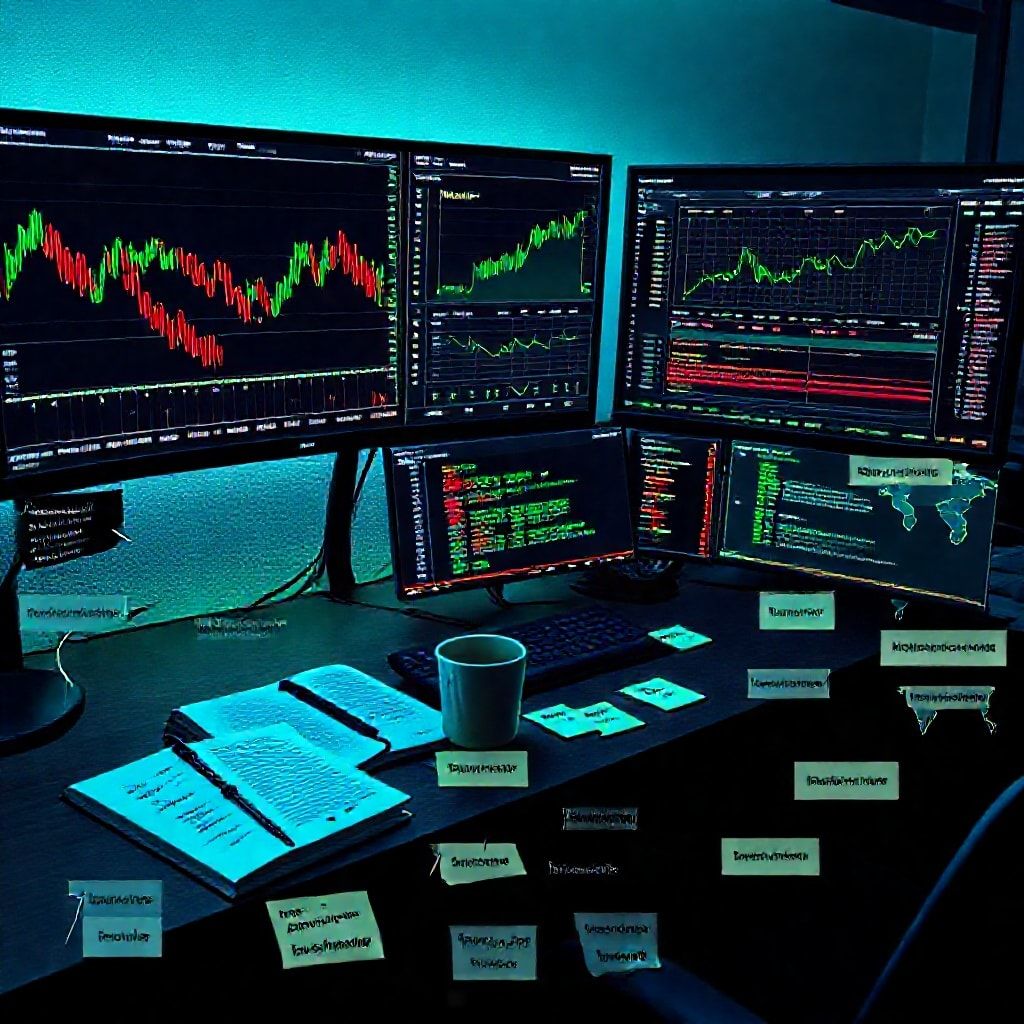How can I backtest my Forex trading strategy effectively?
How can I backtest my Forex trading strategy effectively?
Introduction
Backtesting is the bridge between a shaky idea and a workable plan. It helps you see how a Forex strategy might behave after thousands of trades, under different market regimes, without risking real money. But a backtest isn’t a crystal ball—it’s a model, and models are only as good as their data, rules, and skepticism about results. The goal is to simulate reality as closely as possible while keeping a wary eye on biases and overfitting.

Key elements of an effective backtest
- Data quality and scope: Realistic backtests use clean, granular data that matches your trading style (tick vs. minute bars, spreads, commissions, and liquidity). Inaccurate data or mismatched timeframes tempt you to trust a result that would crumble in live markets.
- Execution realism: Your backtest should reflect how orders actually behave—slippage in fast moves, bid-ask spreads, partial fills, and order types you would use in live trading. Small details here matter for drawdowns and risk exposure.
- Bias awareness: Avoid look-ahead bias (seeing future prices) and survivorship bias (ignoring failed, delisted instruments). These sneaky biases inflate performance and lead to false confidence.
- Out-of-sample testing: Split data into in-sample (to develop the rule) and out-of-sample (to test it). Walk-forward or rolling-window validation adds robustness by simulating how the strategy adapts over time.
- Metrics and robustness: Traditional stats like win rate and net profit are useful, but also track maximum drawdown, Sharpe/Sortino, expectancy, and a simple Monte Carlo pass to see how results hold under random variations. A single dazzling number rarely tells the whole story.
Practical steps and tools
- Build your framework: Whether you lean MT4/MT5, Python with Backtrader, or a cloud-based research platform, set clear rules for entries, exits, risk per trade, and position sizing. Make sure the code enforces your exact trading logic.
- Gather and align data: Assemble FX data and, if you’re testing multi-asset strategies, align different markets by date and timezone. Include spreads, commissions, and rollover costs.
- Run layered tests: Start with a clean, simple version of the strategy, then add complexity (filters, risk controls) one by one. Keep a log of changes and corresponding performance shifts.
- Stress-test and forward-test: Do Monte Carlo simulations to gauge robustness, then forward-test on a simulated or paper trading environment to catch operational glitches and real-time slippage differences.
Broader market context: multi-asset and DeFi
- Across assets (forex, stocks, crypto, indices, options, commodities), backtesting gains value when you study correlations, diversification benefits, and regime shifts. A well-rounded view helps you avoid overconcentration in a single market’s quirks.
- Web3 and DeFi bring fresh data feeds and programmable liquidity, but also new risks. Price oracles can introduce delays or errors, and smart-contract bugs or MEV (miner extractable value) can distort real-time results. Backtests must account for these uncertainties if you’re dabbling in on-chain trading or cross-chain strategies.
Reliability and leverage considerations
- Leverage-aware risk: Treat backtests as a risk lens, not a profit automaton. Use prudent leverage, cap risk per trade (a small percentage of equity), and insist on drawdown limits. If a backtest survives narrow liquidity bursts but collapses under a stress scenario, revise the rules.
- Data and execution fidelity: High-quality data, realistic slippage assumptions, and precise fee schedules are non-negotiable. The more your test mirrors the real broker environment, the more trustworthy the results.
Future trends and slogans
- The frontier is moving toward AI-driven strategies and smart-contract-enabled trading, with on-chain backtesting becoming more feasible. Yet the challenges—data provenance, latency, regulatory clarity—mean experimentation should stay incremental and safety-first.
- Slogan: Backtest with clarity, trade with conviction.
In short, an effective backtest blends clean data, realistic execution, disciplined bias control, and robust validation. When you pair that with thoughtful risk rules and a dash of curiosity about new tech, you’re not just testing a strategy—you’re shaping a resilient trading approach for today’s multi-asset, increasingly decentralized landscape. Ready to put your Forex plan through its paces? With the right backtesting mindset, you’ll know when to tilt toward profitably, and when to step back.